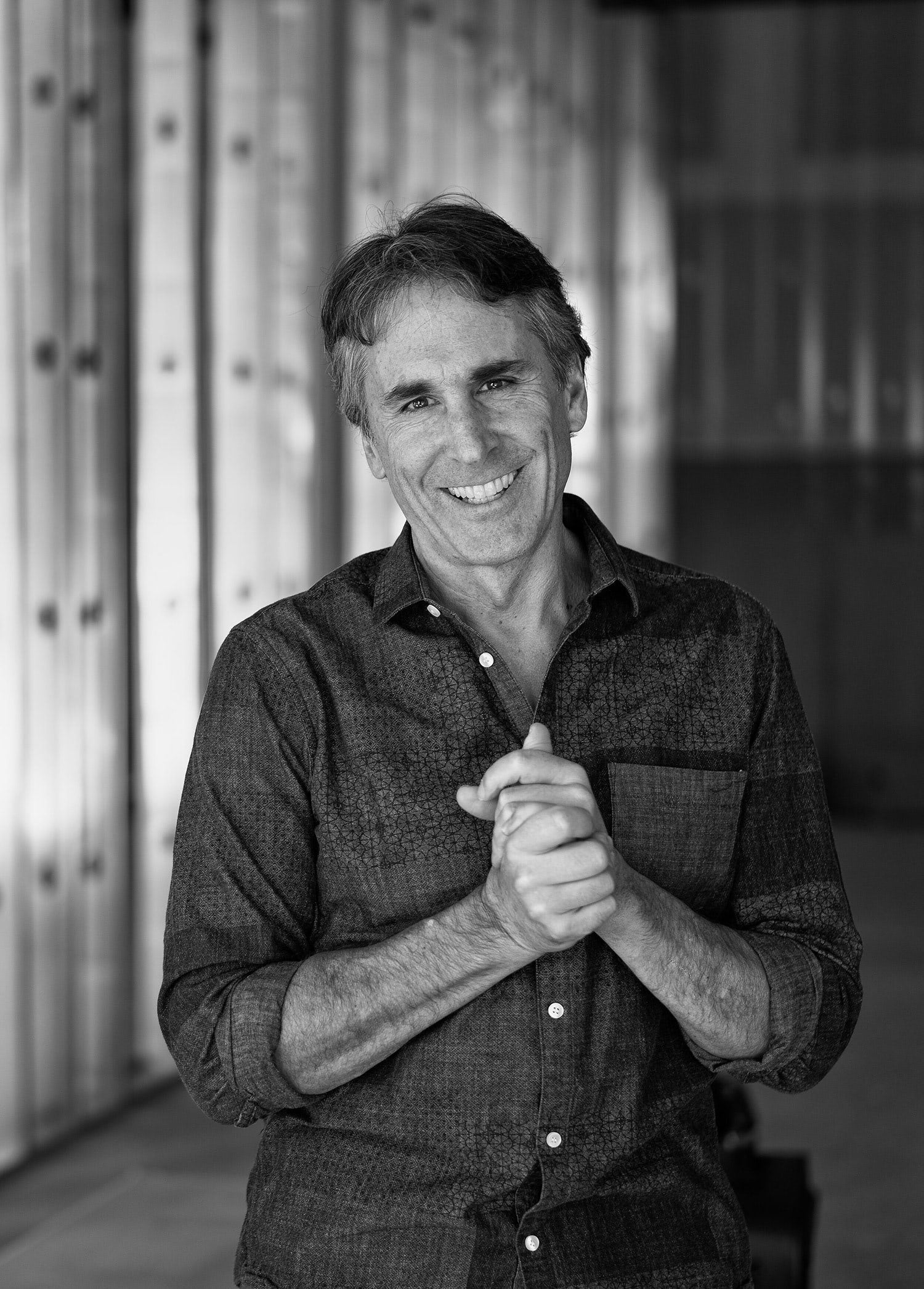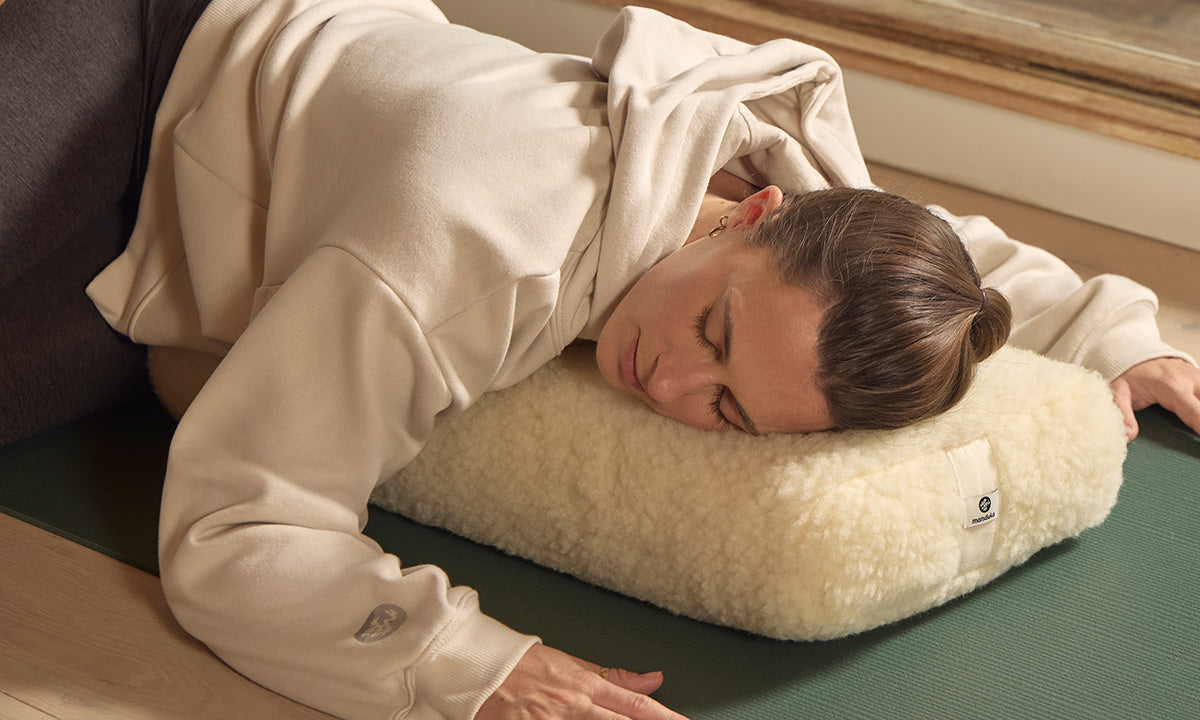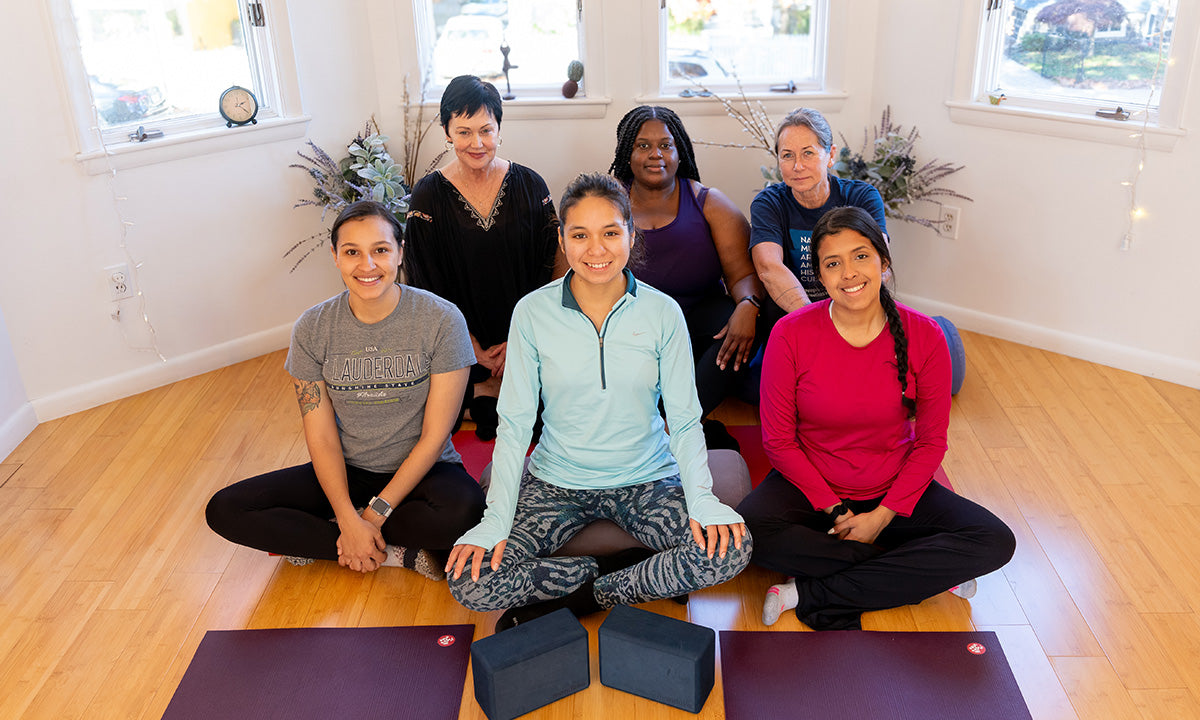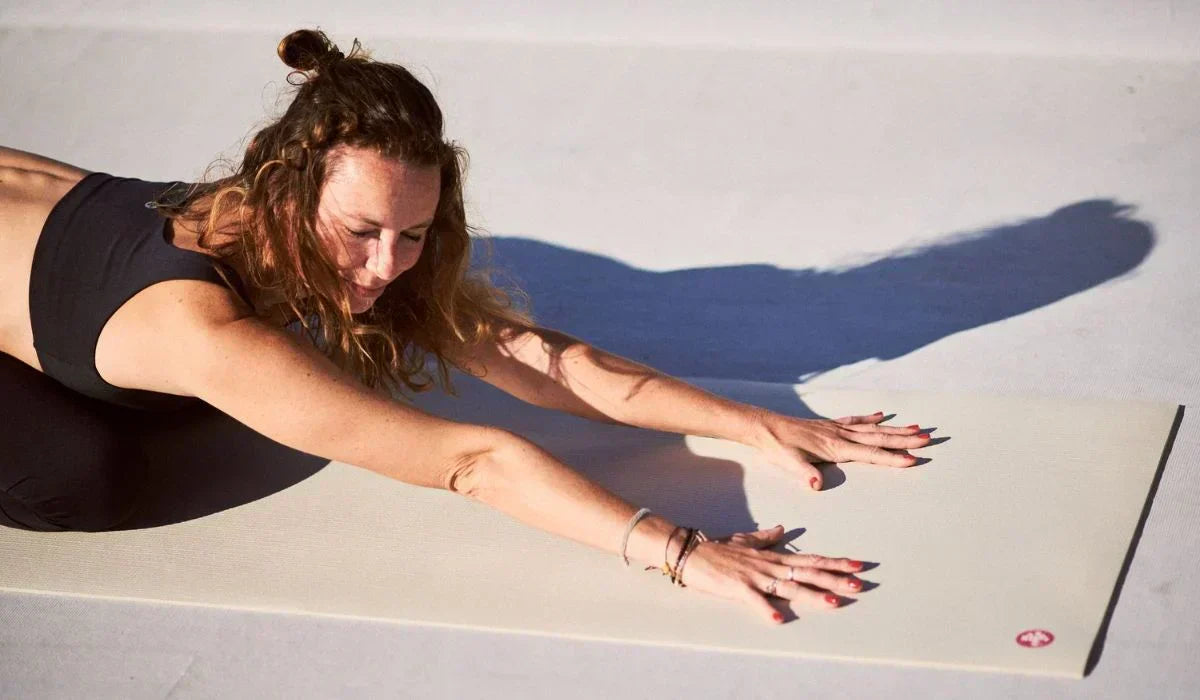In his new book, Gravity & Grace: How To Awaken Your Subtle Body and The Healing Power of Yoga, Manduka Founder and Author, Peter Sterios, brings us back to the origins of our yoga. Below you’ll find an excerpt from his book regarding the fundamentals of a practice.
THE PHYSICAL PRACTICE OF YOGA
With the proliferation of yoga in the modern world, it’s easy to forget what the physical practice of yoga is truly about. Traditionally, the physical practices by themselves were called “hatha yoga”, one of Patanjali’s eight limbs of what the full practice of yoga consisted of. Today though, “hatha” yoga is considered by many as just another “style” found within the plethora of other available “styles” – Iyengar, ashtanga, vinyasa, power, hot, yin, restorative, goat, etc.
Fundamental to the physical practice of yoga is the interplay between effort and non-effort, a polarity that is reflected in the Sanskrit term “hatha”. This word has many meanings. In its simplest definition, the word can be broken into two root words: ha, meaning “sun,” and tha, meaning “moon.” Together, these root words imply a joining of the masculine and feminine principles found in each of us, which commonly symbolizes a union of effort with non-effort, active with passive, and force with surrender. Combined with the word yoga, we arrive at a definition where we understand and experience the practice of hatha yoga to include simultaneous effort and non-effort through a joining of mind (attention) and movement (action), both actively and passively.
We can create a conscious process of joining these concepts in the practice of asana by minimizing excessive physical effort as a means to sustain our life force—one of the main benefits of yoga. It is also a means to identify and activate the subtle forces that operate at a level of awareness deeper than the gross physical body, to create a more efficient way to move. Two of these forces that are most available for practice, especially for beginners, are the subtle energies of gravity and grace. Gravity is the physical attraction of objects; grace is its spiritual equivalent. During practice, both are used as objects for our attention and as catalysts for movement, physically and psychologically.
INCORPORATING GRAVITY AND GRACE
To demonstrate how to apply gravity & grace to your practice, let’s take a look at one of the most common poses (asana) taught – Downward-facing Dog. This simple pose gives us an opportunity to utilize the pull of gravity to assist in creating spinal extension passively, while also building flexibility and strength dynamically in our legs, hips, shoulders and arms.
The shape of this pose lets you release the skull end of your spine for extension, and for the tailbone end of the spine, instead of actively pulling the tailbone up as is commonly taught, the work is to keep the tailbone still while softening deep into your pelvis. Anatomically, stabilizing the coccyx without the muscular force requires a strong release in the skeletal and smooth muscle systems of the pelvic floor and pubis. This invites the muscles of the legs to engage and lengthen, to keep the hips from collapsing. To fully release the thoracic area of the spine requires an equal surrender in the shoulders, chest, and throat, which invites the muscles of the arms to engage and lengthen, preventing the shoulders from collapsing.

Peter Sterios + Sounds True © 2019
To experience these elements in Downward-facing Dog, start on your hands and knees, feet hip width apart, toes tucked forward. With straight arms, place your hands slightly wider than shoulder width apart, fingers gently spread. Consciously slow your breath, with a 3-4 second inhale, 3-4 second exhale. On an exhale, slowly lift your knees off the floor and walk your feet back a little, extending your legs until you meet resistance in your hamstrings. Drop your head and extend your arms fully.
With each inhale, follow the fullness of your breath through the back, feeling (or visualizing) your skin spreading across the collarbones, shoulder blades, lower back, and into the pelvic floor.
With each exhale, consciously soften your collarbones and tops of the lungs (or visualize them softening), feel the weight of your armpits and heart dropping, and simultaneously engage your arms. At the same time, soften the sphincter muscles, the diaphragm, and the skin below your navel; feel the weight of your hips dropping; and at the same time, engage your legs.
For each cycle of breath, allow the inhale to lift you slightly out of the pose, spine rounding one vertebra at a time; on the exhale, release your shoulders and engage the arms, and release your hips and engage the legs. Simultaneously, re-release the back of your skull, the sphincter muscles, and the skin below your navel, feeling the waist lengthen and the navel move in passively as you move further into the pose. After three cycles of breath, release and inhale out of the pose.
The functional beauty in Downward-facing Dog is its play between effort and surrender, between engaging and releasing at the perimeter and core of the body simultaneously, as well as the attention and focus required to use your mind and your muscles together at multiple locations in the moment, all coordinated with your breathing.
For instance, by responding to gravity’s downward pull on the heaviness found in your shoulders and hips as you release them, there is a natural response in the muscles of your arms and legs to engage as your nervous system becomes aware of the impending “danger” of your body collapsing. Additionally, a by-product of simultaneously releasing your shoulders while engaging your arms is passive external rotation of the upper-arm bone.
This sets the shoulder and arm junction in an optimum position for support, strength, and flexibility. Likewise, by releasing the hips as you engage the legs, you create passive internal rotation of the upper-leg bone (femur), which optimally sets the hip and leg junction.
Also, worth mentioning in this pose is the passive inward movement of the belly (uddiyana bandha) on the exhale as the diaphragmatic membrane releases its tension and returns up into the lower thoracic cavity. This action produces a vacuum effect (negative air pressure) in the abdominal cavity that draws the abdominal wall in slightly and supports the lengthening of the lower spine toward the tailbone. Experiencing this effortlessly in Downward-facing Dog plants the seed for incorporating the practice of bandhas whenever you employ conscious breathing.
For more, visit manduka.com to buy Peter’s book.

Peter Sterios + Sounds True © 2019








